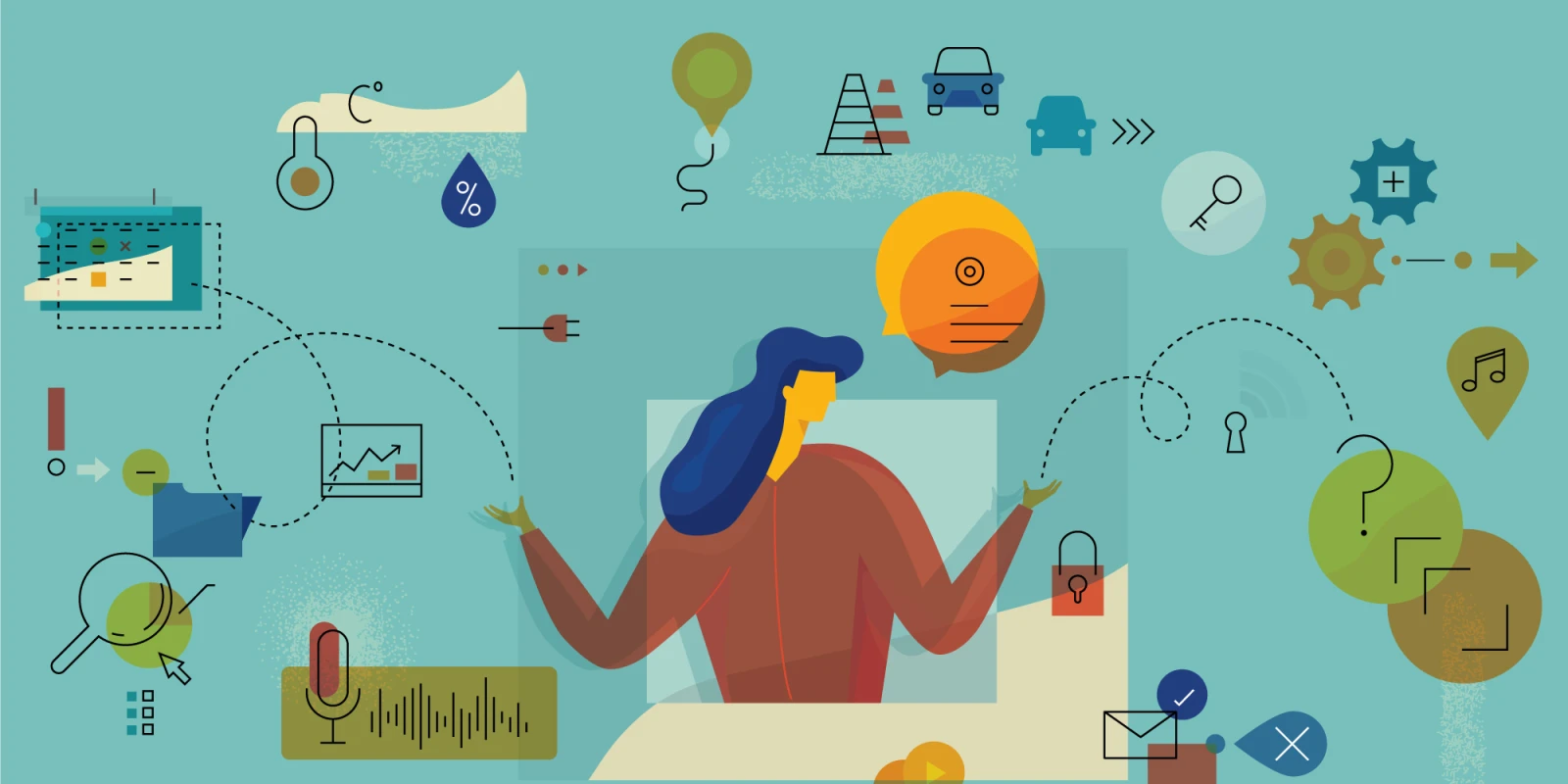
Over the past few years I've noticed more and more of my colleagues in the emergency department using speech recognition (SR) software to dictate, rather than type, their notes. Although I consider myself a technophile and I love experimenting with new technologies that could allow me to work more effectively, I resisted jumping on the SR bandwagon for a couple of reasons.
Firstly, I had convinced myself that I was proficient enough at typing that SR software was simply unnecessary. I can type at approximately 80 words per minute (wpm) with a high degree of accuracy, and I didn't think that SR software would provide much of an advantage beyond what I was already doing. (If you're curious to check your own typing speed you can test it here.)
The other major reason I was reluctant to try it out, as silly as this may sound, is that I was self-conscious that other people might overhear me dictating. I can't explain exactly why I felt this way … Was I worried that others would judge how I worded my HPI (history of present illness) and MDM (medical decision-making)? Or was I concerned that someone would overhear my plan and disagree with it? I can't tell you for sure but there was something off-putting about verbalizing my documentation aloud.
I regret allowing these hangups to put me off of trying SR software for as long as I did because it has truly been a game-changer for me. Little did I realize that today's SR software can accurately dictate twice as fast as I can type. According to Nuance Communications Inc., a manufacturer of Dragon Medical software, voice dictation averages 150 words per minute. And, in regards to the concern about other people overhearing my dictation, I initially dealt with it by seeking out secluded locations where I could dictate in private. After a while, though, I realized that dictating in a room with others doesn't really bother me like I thought it would. When I finally fully embraced SR dictation software I found that I was completing my charts in a fraction of the time that I had previously. Since integrating it into my practice, I can't imagine working without it.
How Accurate Is SR Software?
I haven't been able to find much literature on the accuracy of SR software in an emergency department setting. A study done by Goss et al. reviewed a random sample of 100 notes dictated by attending emergency physicians using SR software. They found that 71 percent of notes contained errors or some sort. Fifteen percent of the charts contained one or more critical errors, meaning they could have affected providers' decisions about patient care. It's important to point out that the notes analyzed in this study were from 2012, and I imagine SR technology has evolved significantly since then.
Nuance Dragon Medical Versus M*Modal
There seem to be two market leaders in the medical SR software industry: Nuance Dragon Medical and M*Modal. I've had the opportunity to use each company's SR software while on shifts in the emergency department. While they are both remarkable products that will dramatically improve the efficiency of your workflow, if I had to choose one to work with on a daily basis, it would be the software made by M*Modal. Their software seems to have an edge when it comes to accuracy, especially when it comes to recognizing obscure medical terminology.
Tips for Using SR Software
- Enunciate clearly. While SR software has become remarkably good at deciphering my end-of-shift mumblings, there's only so much you can expect. Enunciate clearly to minimize the number of times that you'll have to go back to correct misspellings.
- Don't speak too quickly. Another limitation of any SR software is the speed at which it can accurately detect your speech. As long as you speak at a normal conversational speed, or even slightly faster, the software will have no trouble following along. If you start to speak like the Micro Machines guy, the software will struggle to keep up.
- Minimize ambient noise. Another thing that really impresses me about the current SR technology is its ability to filter out ambient noise. That said, it will occasionally pick up surrounding voices, so the less ambient noise, the better.
Start Using SR ASAP
If you have access to SR software and aren't already using it, try it out on your next shift. If your department hasn't integrated it into your electronic medical record, talk to your administrators about doing so. It's well worth the investment and will improve the productivity and well-being of everyone in the department.
This article appeared previously at Efficient MD.






